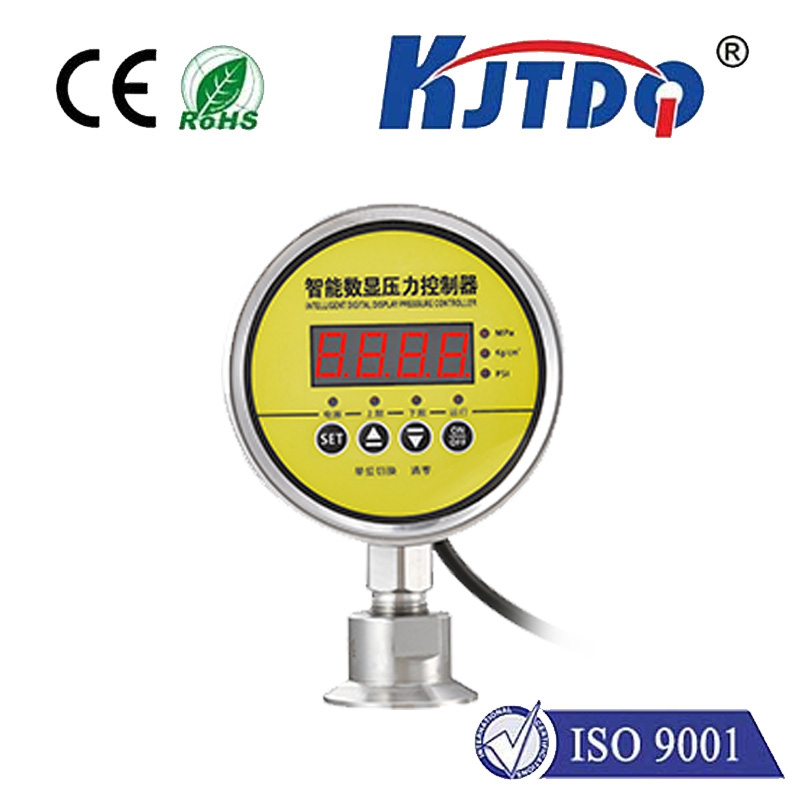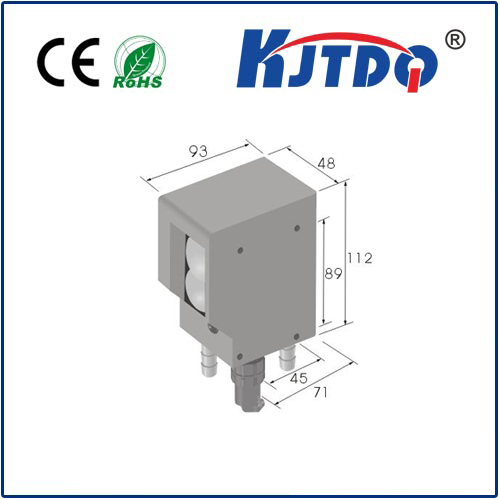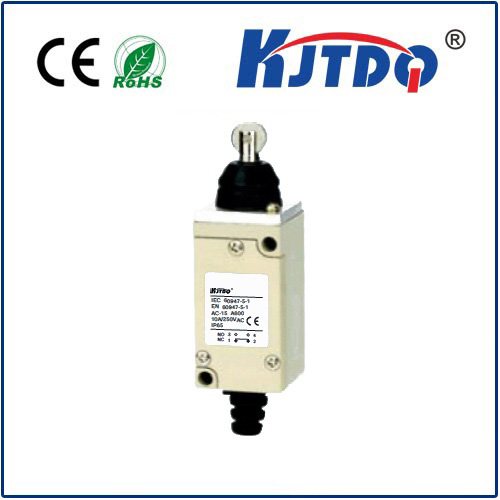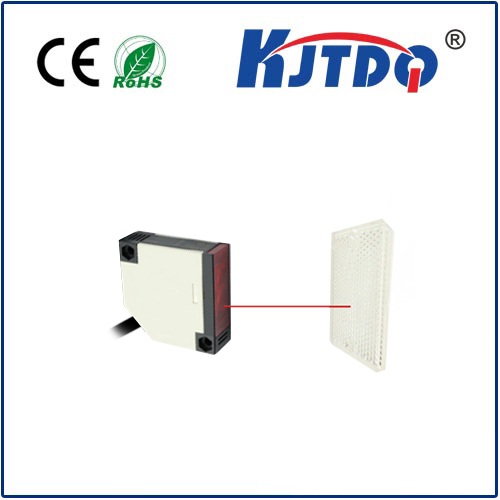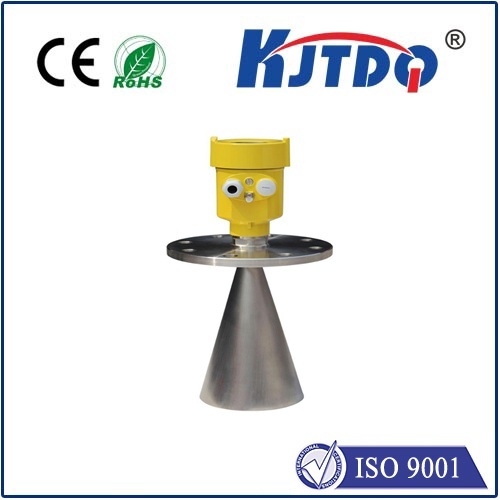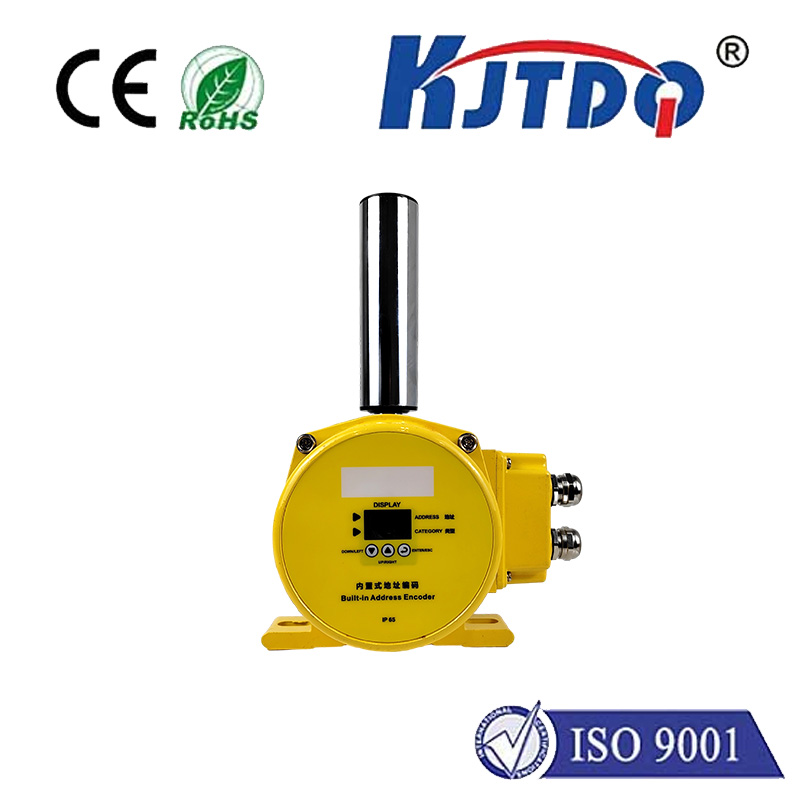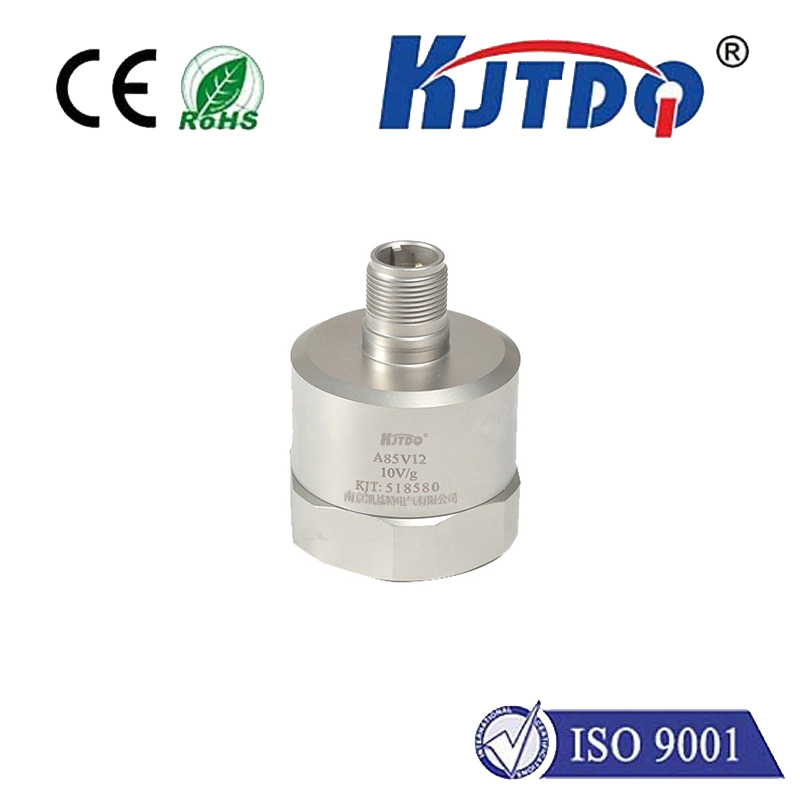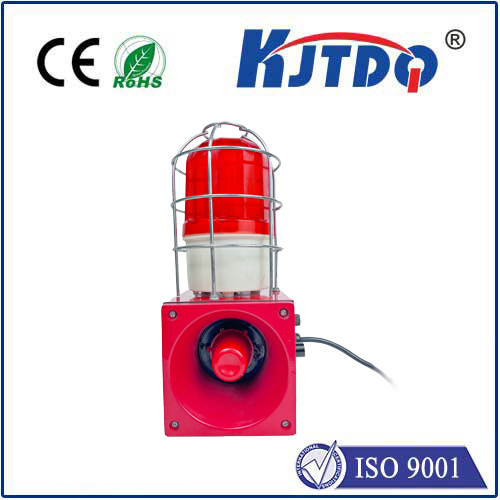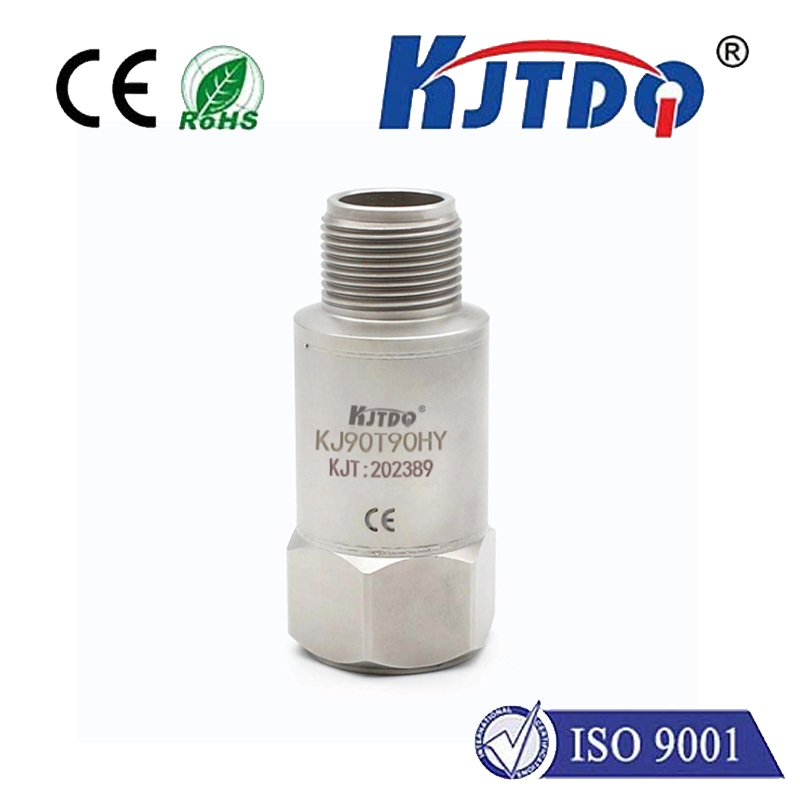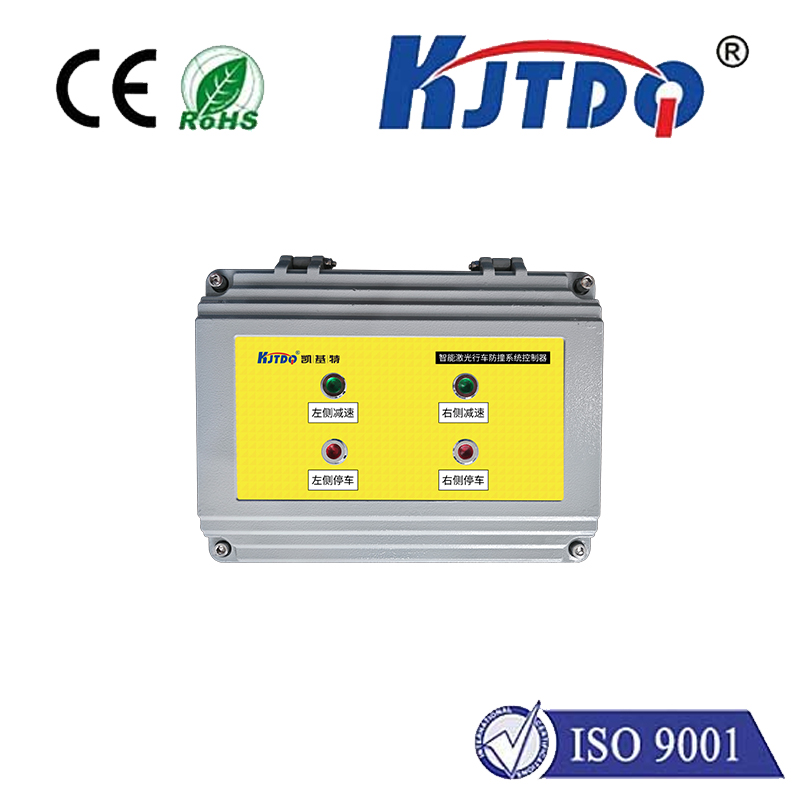
check

check

check

check
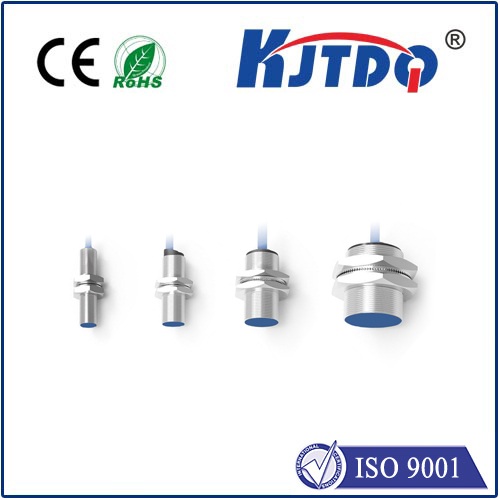
Intrinsically safe proximity switches and explosion-proof proximity switches are two different safety types of proximity switches:
Intrinsically Safe Proximity Switch is a proximity switch designed to work in flammable gas or dust environments. All components in an intrinsically safe proximity switch circuit are limited to safe current and energy ranges to ensure that they do not cause sparks or generate heat, thereby preventing an explosion. Due to its special design, intrinsically safe proximity switches do not generate any sparks or heat when operating.
Explosion-Proof Proximity Switch is a proximity switch designed to prevent explosions in hazardous environments. Explosion-proof proximity switches prevent explosions through their shell and sealing designs. Its shell can prevent explosive gas or dust from entering the proximity switch and isolate the internal circuit from the external environment to prevent the spread of explosions.
So for the same proximity switch, which explosion-proof form is safer?
Intrinsically safe proximity switches are relatively safer, because intrinsically safe proximity switches fundamentally limit the components in the circuit to ensure that they are still safe in hazardous environments. In contrast, explosion-proof proximity switches pass through the casing. And sealing design to prevent the spread of explosion, although it can reduce the risk of explosion to a certain extent, but compared with intrinsically safe proximity switch, the risk is slightly higher.
Intrinsically safe or explosion-proof, how to choose? Explosion-proof and intrinsically safe are different types of explosion-proof. As long as the product meets the explosion-proof requirements, both are safe.
